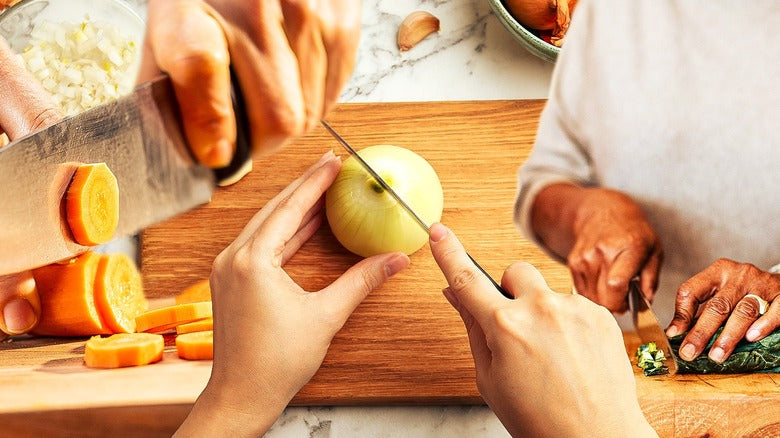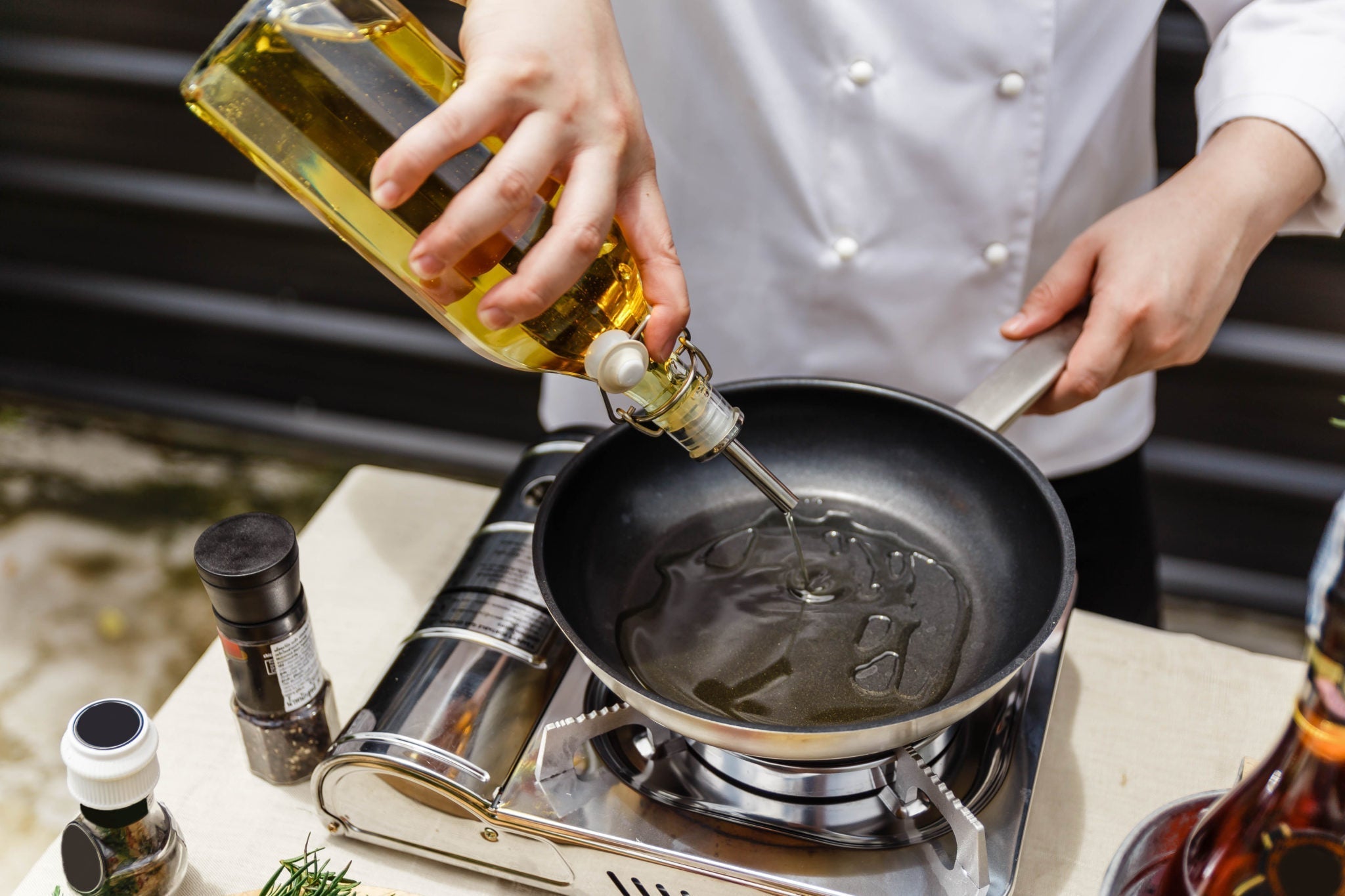Using a dutch oven for the first time can be a transformative experience for any chef or kitchen professional. This versatile cooking vessel is known for its durability and exceptional heat retention, making it an essential tool for a variety of cooking applications. Whether youre braising meats, simmering stews, or baking bread, learning how to use a dutch oven for the first time opens up an entire world of culinary possibilities.
In this guide, we will walk you through everything you need to know about effectively using a dutch oven in your culinary practices. We promise youll not only gain valuable insight but also tips and tricks that will impress your kitchen colleagues and elevate your dishes.
:max_bytes(150000):strip_icc()/GettyImages-1058029026-2000-3e7d0a3579d346108bb901a51501115f.jpg)
Understanding the Dutch Oven
A dutch oven is typically made from cast iron and is often coated with enamel. The heavy construction allows for even cooking and excellent heat retention, making it perfect for browning, braising, and even baking. As a kitchen professional, understanding the weight, material, and design of your dutch oven is crucial for optimal usage.
Materials and Characteristics
- Cast Iron: Known for its excellent heat retention, cast iron is perfect for slow-cooking and braising.
- Enamel-Coated: The enamel coating helps prevent rust and allows for easy cleaning.
- Heavy Lid: The tight-fitting lid retains moisture and flavor within the pot.
Preparing Your Dutch Oven
Before diving into a recipe, its essential to prepare your dutch oven properly. Heres a quick overview of how to use a dutch oven for the first time including seasoning and maintenance:
Seasoning Your Dutch Oven
If your dutch oven is made from cast iron, seasoning it before use is critical. Seasoning not only enhances flavor but also prevents sticking:
- Clean the dutch oven with warm soapy water and dry completely.
- Apply a thin layer of vegetable oil or flaxseed oil inside and outside the pan.
- Place it upside down in the oven at a high temperature (around 450F) and bake for about an hour.
For more details about seasoning, check out Why Season Cast Iron?
Cooking Techniques with a Dutch Oven
Once your dutch oven is prepped, you can start cooking. Here are some popular methods:
Braising and Stewing
Braising is a combination of cooking techniques that can be perfectly executed with a dutch oven due to its uniform heat distribution:
- Start by searing your meat in oil until browned.
- Add your aromatics, like onions and garlic, and cook until soft.
- Deglaze with broth or wine, then add any vegetables and herbs.
- Cover and simmer until the meat is tender.
Baking
Yes, a dutch oven can be used for baking, as well! One of the most popular recipes is no-knead bread, where steam is trapped inside the pot, creating a crusty exterior:
- Prepare your bread dough in a separate bowl and allow it to rise.
- Preheat the dutch oven inside your regular oven.
- Carefully transfer the dough into the hot dutch oven, cover with the lid, and bake.
For guidelines on baking bread in the dutch oven, visit Dutch Oven for Bread.
Cleaning and Maintenance of Your Dutch Oven
After your cooking adventures, proper cleaning and maintenance will prolong the life of your dutch oven. Heres how to do it:
- Allow the pot to cool completely before washing.
- For cast iron, avoid using soap. Simply rinse with hot water and use a brush to remove stuck-on food.
- Dry thoroughly to prevent rusting, especially if it's not enamel-coated.
For advice on substitutes, take a look at Dutch Oven Substitutes.
Common Mistakes to Avoid
Even seasoned chefs can err when using a dutch oven. Here are a few pitfalls to sidestep:
- Overheating: High heat can damage the enamel and burn food.
- Insufficient Preheating: Not preheating can lead to uneven cooking.
- Adding Cold Ingredients: Introducing cold items can dramatically drop the temperature, leading to longer cooking times.
Conclusion
Learning how to use a dutch oven for the first time can seem daunting, but with these tips, youre well on your way to successfully executing flavorful dishes. The versatility and durability of a dutch oven can elevate your cooking game in ways that few other kitchen tools can. As a kitchen professional, embracing this cooking vessel will not only enhance your personal recipes but also impress your colleagues with your culinary skills. For a spectrum of recipes that can be made in a dutch oven, check out Dutch Oven Recipes.

FAQ
1. Can I use my dutch oven on the stovetop?
Yes, a dutch oven can be used on the stovetop for browning or simmering, making it an advantageous multitasking tool.
2. Is a dutch oven only for slow cooking?
No, while it's excellent for slow cooking, a dutch oven is versatile enough to grill, bake, and fry.
3. Are all dutch ovens oven safe?
Most dutch ovens are oven safe, but it's vital to check the manufacturers specifications for your specific model.
This article contains affiliate links. We may earn a commission at no extra cost to you.






Leave a comment
This site is protected by hCaptcha and the hCaptcha Privacy Policy and Terms of Service apply.